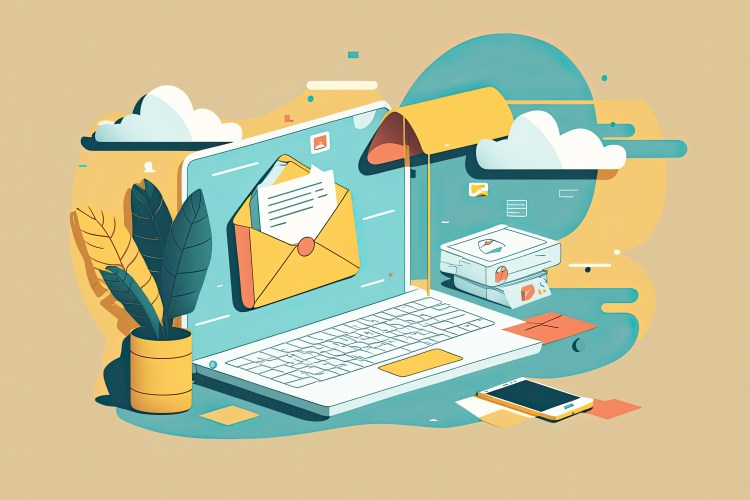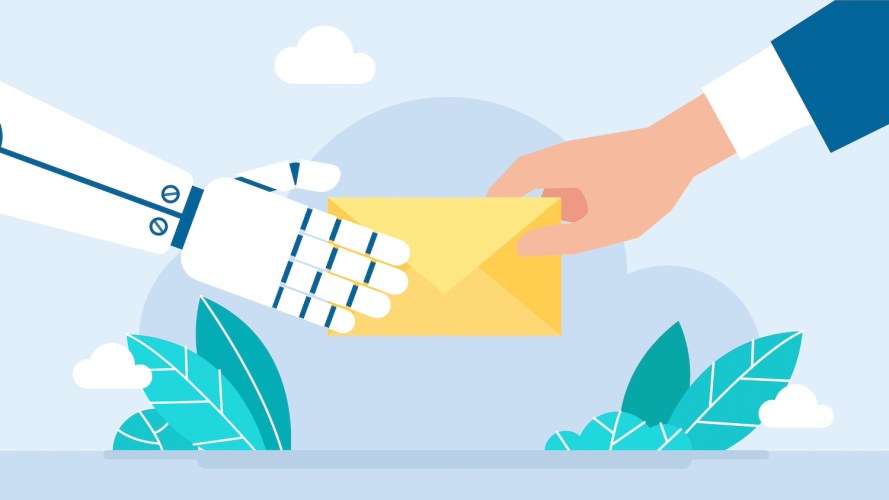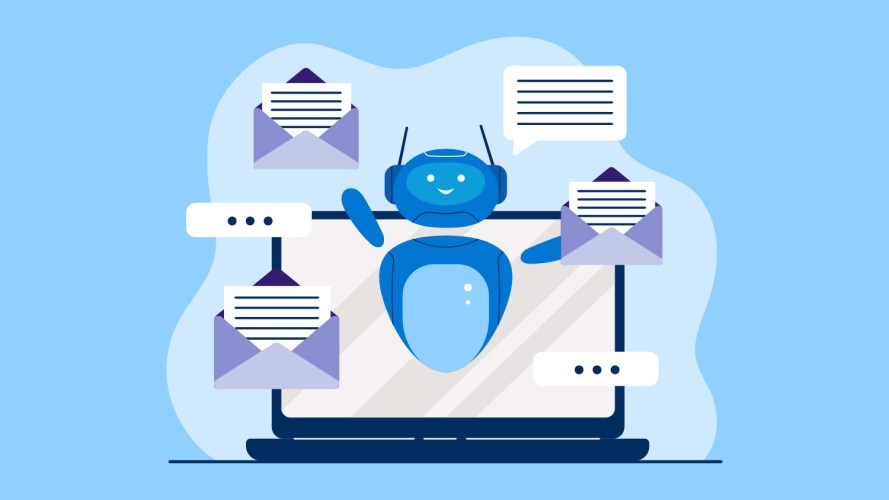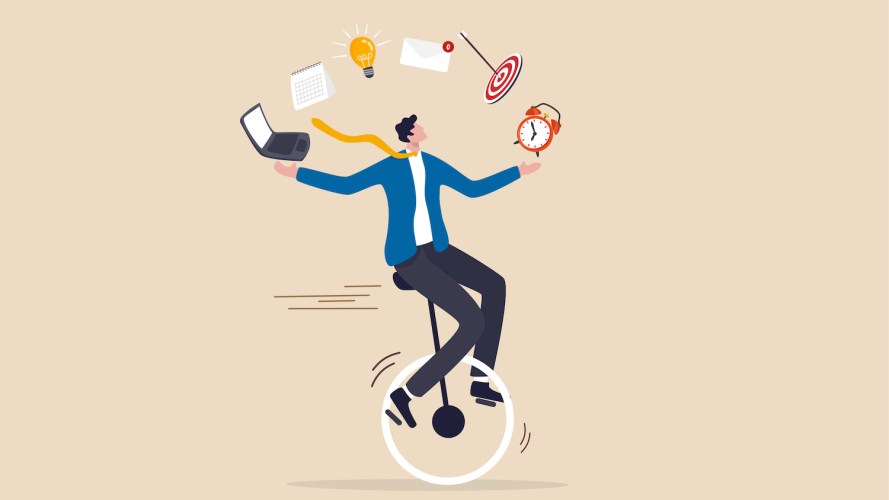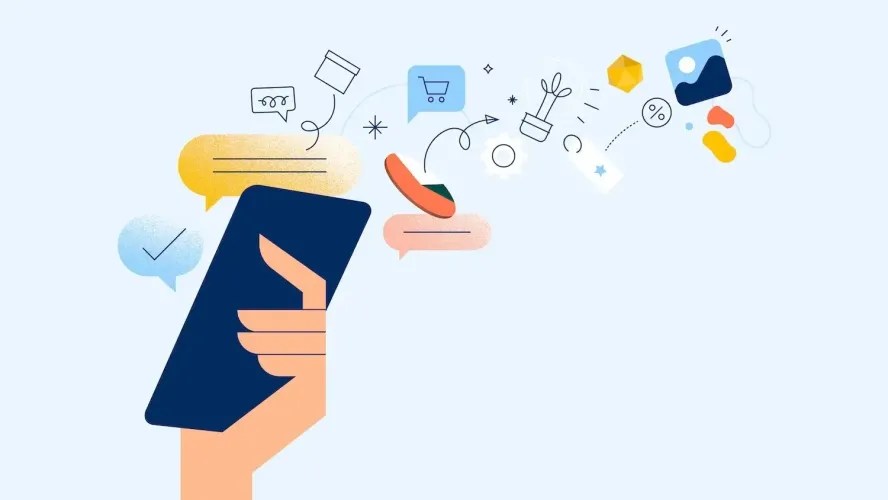Marketing Funnels And Customer Journey Maps Work Harder Together



Marketing funnels and customer journey maps: they are two phrases you will likely come across in any discussions of marketing today.
Salesforce Staff
Marketing funnels and customer journey maps: they are two phrases you will likely come across in any discussions of marketing today. They are similar ideas and sometimes mistaken for being interchangeable. If you’re a marketer looking to get the most out of each concept here are some important differences you need to know.
The marketing funnel really is a funnel
The marketing or sales funnel is one of the oldest concepts in business. Simply put, it is a model of your company’s marketing and sales processes. Leads begin their journey at the top of the funnel and as they get closer to making a purchase, further down the funnel they go.
A customer at the top of your marketing funnel knows your business exists, but they haven’t interacted with you much or sought additional information. In the middle is the research and consideration stage. At the bottom of the funnel, customers are informed and they’re ready to make a purchase. Since not everyone who takes an interest in a business will make a purchase, most businesses have more prospects at the top of their funnel — hence the term.
Some businesses like to break their marketing funnel into shorter stages. For instance, they may include two subsections, research and evaluation, in the consideration stage of their funnel. And at the bottom of the funnel, customer retention and advocacy are becoming essential considerations.
Understanding your marketing funnel gives you a way to categorise leads and customers based on their relationship with your business: they’ve just discovered your business, they’re interested in your product or service but not sold yet, or they’re ready to buy. Tracking the position of leads in your funnel helps you know how to keep their interest, answer their questions, and address their concerns, all of which can be instrumental in conversion.
Most marketing funnels focus on broad categorisation more than individual touchpoints. That is, the funnel divides leads into several different ‘baskets’ based on how they’ve interacted with your business, but it doesn’t always take into account the actual touchpoints those leads have encountered. For example, one middle-of-the-funnel (MOFU) lead may have signed up for your email newsletter and interacted with your Facebook page, while another filled out your website’s contact form and visited your blog multiple times. They got to the same point in your funnel via different routes.
Simply put, the marketing funnel is the journey from lead to customer – just a linear version. Its generalised format is useful but limited – a customer’s real journey is rarely so straightforward and other insights are needed to fill out the picture.
The customer journey needs a more detailed map
The customer journey is the route a customer takes from their first encounter with your brand to their decision to purchase. A customer journey tends to meander, back track, and go in circles. The longer your sales cycle is, the longer your customer’s journey is likely to be.
Unlike the marketing funnel, which focuses on a customer’s stage of interest in your business, the customer journey tracks the individual touchpoints a lead encounters before making a purchase. Every interaction — from visiting the website to opening an EDM — is a touchpoint. Many people return to earlier touchpoints as they evaluate a product or service, so the customer journey often loops back on itself instead of progressing in a linear way. The average lead encounters as many as eight touchpoints before they feel ready to make a purchase. But with the right data, the customer journey can reveal important insights about which marketing campaigns are connecting successfully and which aren’t delivering.
If you have enough data, you can create a customer journey map, a touchpoint-based model of how your average lead interacts with your business before making a purchase. You can even create multiple maps based on distinct audience personas. Bear in mind that different leads approach the buying process in very different ways, so it’s important not to assume that every customer will follow the exact sequence of touchpoints you model.
Creating a partnership out of customer journey maps and marketing funnels
Customer journey maps and the marketing funnels are similar tools that can be used in complementary ways.
Since your marketing funnel helps you keep tabs on how leads are interacting with your business, use it to understand what kind of information or assistance a lead likely needs at any given time. For instance, a top-of-funnel (TOFU) lead is likely to benefit from reading your business’s FAQ or a blog post that provides educational content on the problems your product or service solves. Leads at the bottom of the funnel (BOFU), on the other hand, may be ready to convert if you send them highly personalised marketing emails.
Paying attention to your marketing funnel also helps you ensure that your marketing strategy is effective at every step of a customer’s journey. For instance, maybe your business needs more marketing material aimed at people who are researching your product. You’re more likely to notice and correct this issue if you understand what prospects need at different stages of the funnel.
Tracking customer journeys, on the other hand, helps you to get into your leads’ heads. It helps you answer important questions, like:
- How are they discovering your business?
- How are they researching your brand?
- What snags do they run into along the way?
Answering questions like these can help you design a more efficient lead-nurturing process and a better customer experience.
Customer journey maps are also a good reality check for your marketing funnel. Try comparing your average customer’s journey to the model you use for your marketing funnel. Do they look similar? Does your marketing funnel’s progression make sense based on what you’ve observed real-life customers doing? If your marketing funnel needs some tweaks, use your customer journey maps to find out where the problem is.
‘Marketing funnel’ and ‘customer journey map’ are two phrases you likely hear a lot in the business and marketing worlds. The customer journey is a detailed outline of every step a lead takes to become a paying customer, while the marketing funnel is a model that businesses use to market appropriately to leads at different stages of the buying cycle.
Even though they aren’t the same thing, they’re closely linked and should tell a similar story. Collect data on the touchpoints your leads encounter and use it to inform how you drive leads through your marketing funnel. Using these tools in tandem is a powerful way to target your marketing materials to the right leads while creating a smoother and more user-friendly path to purchase.
Learn more about marketing trends in the fifth edition State of Marketing report.
